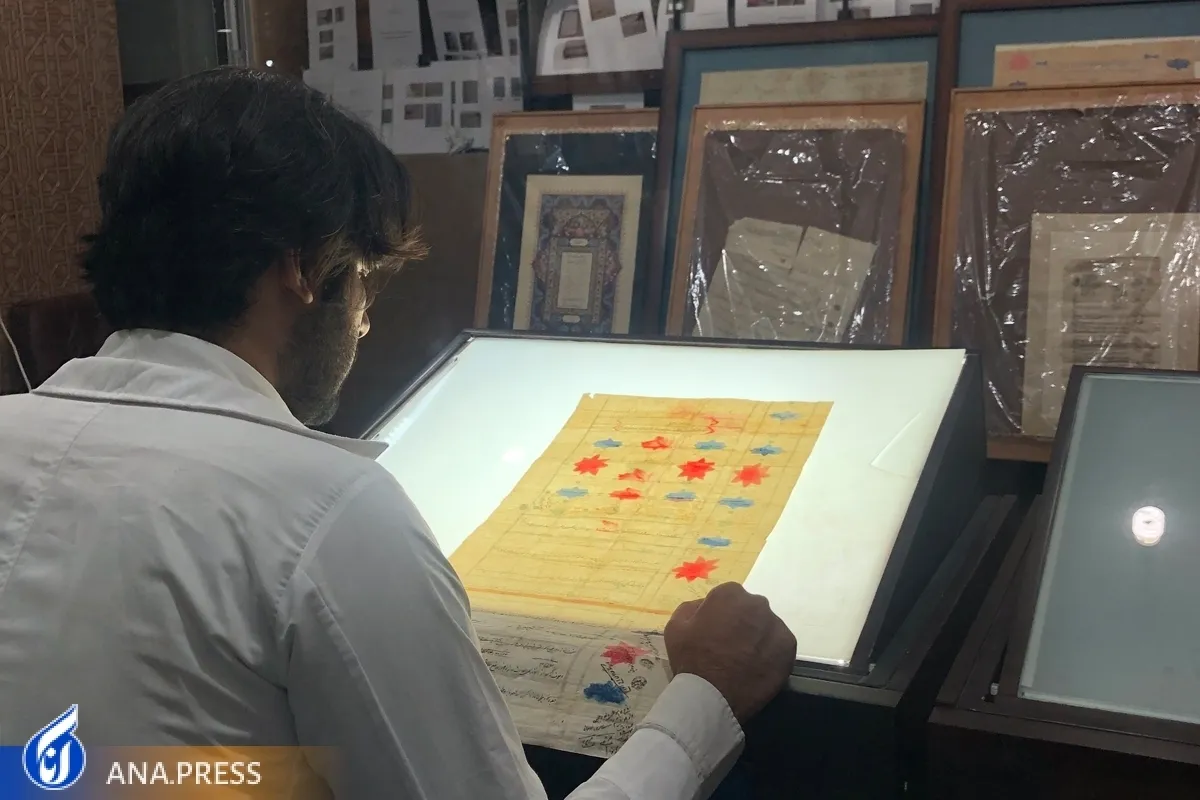Nanotechnology Applied in Iran to Accelerate Restoration of Historical Artworks

“Since the paper can be restored with minimal damage by means of nanotechnology, the unique and stable protective features of zinc oxide nanoparticles was used by the knowledge-based ‘Jen Pajouhan’ company to form a nanocoating on the surface of historical artworks. It protects the surface of paper works against ultraviolet light rays. The initial tests of this product were carried out with different methods, including the droplet absorption test, the antibacterial and antifungal specifications test, and the acid and alkali level tests, and showed acceptable results,” Kianoush Pobadni, the manager of the company and the student of nano biotechnology at Isfahan University, told ANA.
He added that this method of restoration, which is a suitable, easy, cheap and damage-free method for restoration of historical study papers, including manuscripts and prints, is being performed for the first time in Iran, noting that it has shown more strength and de-acidification power among all other restoration methods.
“Since the historical artworks are damaged and become fragile over time due to acid hydrolysis and oxidation processes caused by weather conditions, designing a new method that can carry out restoration operations quickly without destructive impact on historical artworks in the long term is of great importance,” Pobadni said.
“We decided to perform paper restoration, including de-acidification, anti-oxidation and strengthening, by using calcium hydroxide nanoparticles and processing it, and spraying nanoparticles that prevent formation of spots and wrinkles and lead to the concentration of solutes in the paper,” he said, adding that the new method increases the depth of penetration due to the capability of nanoparticles which can be adsorbed by paper fibers easier.
Hard, inorganic nanoparticles such as calcium hydroxide and silica nanoparticles are also being used in various art restorations alongside the nanodroplet emulsions because they are very stable. When applied on porous artifacts and paintings, calcium hydroxide (Ca(OH)2) nanoparticles can penetrate the surface because of their small size and high surface interactions. Ca(OH)2 particles can react with atmospheric carbon dioxide (CO2) inside the pores of an object and transform into a new calcium carbonate network to reinstate the mechanical properties of the original artifacts, thereby restoring them and ensuring that generations to come can enjoy these beautiful artworks.
4155/v





















